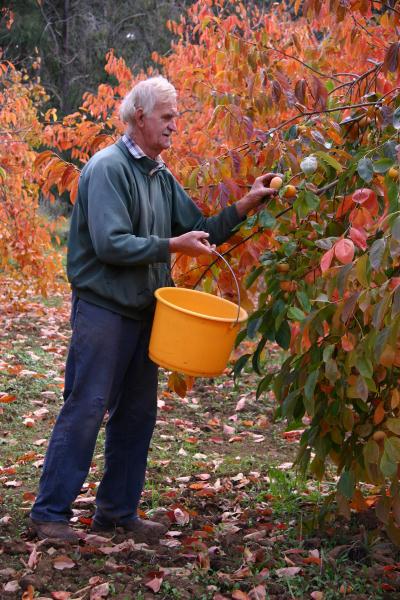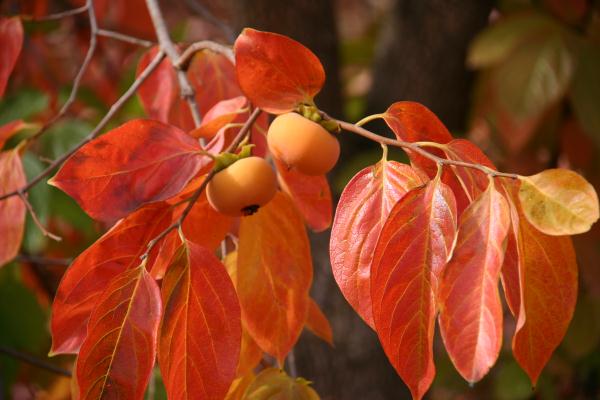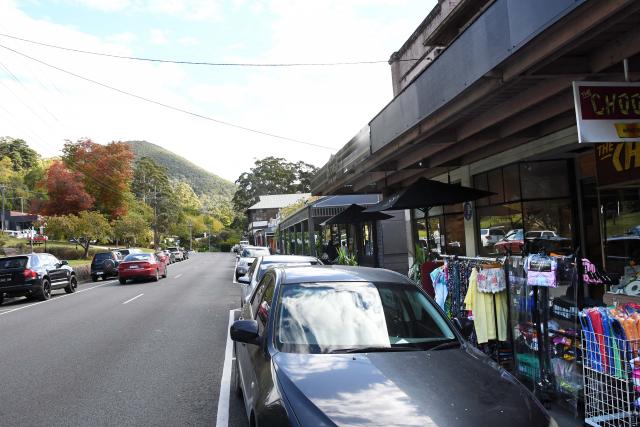By KATH GANNAWAY
RUSSELL Sebire’s family always had a persimmon tree on their property.
They had a mulberry tree, walnut, camellia and lemon tree too.
“All the old folks had these trees, but they never sold the persimmons then,” he said, weighing up a box of the brilliant burnt-orange fruit for Asian visitors from Melbourne who come up every year to pick and purchase the fruit from his Wandin property.
Mr Sebire was the first in the valley to plant an orchard of the fruit which originated in China and has been grown in Southeast Asia for thousands of years.
He was way ahead of his time, even on a national level.
“I put them in 40 years ago when we first moved into the house, and that was on the first day of 1970,” he says.
Persimmons Australia records the early ’80s as the time when the ‘exotic’ fruit was first grown on a commercial scale.
His venture is not on a huge commercial scale, in fact he calls the block of fruit trees more of a ‘patch’ rather than an orchard.
The idea to plant persimmons went back to his childhood when he says he used to pick them and sell them at the market.
“The old folk used to eat them. A lot of people didn’t know them at all and a lot of people still don’t, or that they have to be dead right to eat them,” he said.
“There are two types and the soft ones you have to eat when they are almost a jelly texture inside, while the other one is a harder texture.”
Migrants have led the way in the growing demand for persimmons and they have always been happy to make their way to Wandin for an autumn treat.
“Italian people have a liking for the soft variety and the hard variety is popular with Asian people,” Mr Sebire has observed over the years.
Walking through the patch last autumn, Mr Sebire said it had not only been a good year for the fruit, but for the autumn leaves.
“Some varieties colour up better than others. It depends on how the weather has been and it varies from year to year. It’s been a good year for colour,” he said.
As a package, whether you’re picking and packing, or just driving past, the gloriously coloured Sebire persimmon patch is a feast for the eyes.








